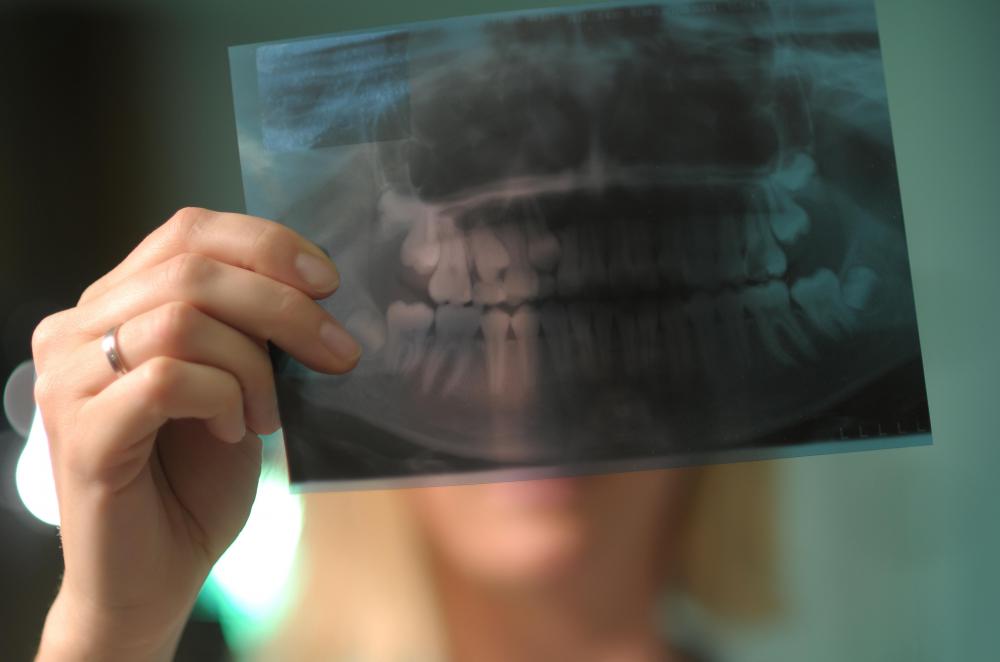At WiseGEEK, we're committed to delivering accurate, trustworthy information. Our expert-authored content is rigorously fact-checked and sourced from credible authorities. Discover how we uphold the highest standards in providing you with reliable knowledge.
What Is Pulp Capping?
Pulp capping is a process used by dentists and orthodontists while attempting to restore a seriously decayed tooth, when the decay has almost reached the tooth’s soft pulp. The capping process protects the nerve endings in the damaged tooth from further irritation, allowing a person to chew food without discomfort. A pulp cap is also designed to help seal off the damaged tooth from future infection that would otherwise threaten the pulp, preventing a person from later having to undergo a root canal treatment to remove the infected tooth pulp.
The structure of a pulp capping consists of two parts. The first layer of the pulp cap is a filling piece, like what is used normally on a tooth’s cavity, but only deeper to compensate for the extensive decay in the tooth. A layer of medicated dental cement sits between the deep filling and the rest of the tooth, holding the filing in place and sealing off the damage.

Normally, the dentist or orthodontist does not remove all of the tooth decay as part of a pulp capping procedure. Instead, the medicated cement helps create a barrier between the infection and the pulp. After the tooth has had time to heal, the dentist determines through an X-ray examine if the pulp indeed has healed. If so, the dentist removes the filling and cement, and then extracts the remaining tooth decay previously left behind. The dentist then installs a permanent filling as with a regular cavity.

Two types of pulp capping exist, indirect and direct, both of which are used on people who do not display any of the symptoms of a tooth infection such as swollen or bleeding gums. Indirect pulp caps are most commonly performed on people with advanced tooth decay, but where the tooth’s pulp has not been exposed by the decay. If a portion of the pulp has been exposed, the person then must receive a direct pulp cap. Some dental health care providers feel that direct pulp capping will eventually lead to recurring infections in the tooth’s pulp, eventually requiring the patient to undergo a root canal or have the tooth removed.

Although pulp capping often helps with tooth restoration, occasionally some capped teeth become abscessed or infected. A tooth’s nerves might continue to be irritated long after the cap is installed, with the irritation eventually allowing another infection to take hold inside the tooth. Once the infection takes hold of a capped tooth, the patient must undergo either a root canal or have the infected tooth extracted.
AS FEATURED ON:
AS FEATURED ON:

















Discuss this Article
Post your comments